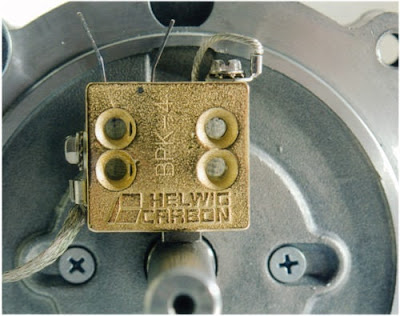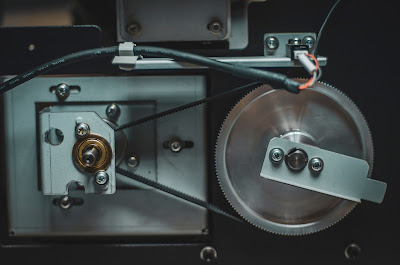What is the differene between male and female rod ends?
When it comes to mechanical engineering and automotive industries, rod ends are an essential component of machinery that facilitates motion between various parts. These are typically spherical bearings that allow rotational motion and oscillating movement in machines. The rod ends can be categorized based on several factors such as size, material, and shape. However, one of the most common categorizations is based on gender, also known as male and female rod ends.
The terms male and female are not new, and it is not uncommon for them to be used in the technical fields such as engineering. However, the difference between male and female rod ends is not simply about their names but their functional characteristics, maintenance requirements, and installation process. Depending on the application and requirements, each type has its own unique advantages and disadvantages.
In this blog post, we will explore the differences between male and female rod ends, taking into account their physical attributes, their uses, and their compatibility with different machinery. We will also delve into the maintenance requirements.
1. Male rod ends have external threads, while female rod ends have internal threads.
When it comes to rod ends, there are two main types: male rod ends and female rod ends. The most noticeable difference between these two types of rod ends is their threads. Male rod ends have external threads, while female rod ends have internal threads. This means that a male rod end is designed to be screwed into a female component, while a female rod end is designed to have a male component screwed into it. It is important to choose the correct type of rod end for your application in order to ensure proper fit and function. Additionally, depending on the specific application requirements, selecting male or female rod ends may also impact factors such as strength, durability, and ease of installation.
2. Male rod ends are typically used when the rod end needs to be attached to a male threaded component, while female rod ends are used when the rod end needs to be attached to a female threaded component.
When it comes to rod ends, understanding the differences between male and female rod ends is crucial for selecting the right type for your application. Male rod ends feature an external thread on the shank, while female rod ends have a threaded bore into which the rod is inserted. Male rod ends are typically used when the rod end needs to be attached to a male threaded component such as a bolt or stud, whereas female rod ends are used when the rod end needs to be attached to a female threaded component such as a clevis or bracket. Selecting the proper rod end can help you achieve better performance, greater accuracy, and more efficient operation of your machine or equipment. It is important to consult with a knowledgeable supplier who can provide guidance on selecting the right rod end for your specific application.
3. Male rod ends are usually stronger than female rod ends because they have more material to support the threads.
When it comes to rod ends, understanding the difference between male and female types can be crucial. Male rod ends are typically stronger than female rod ends because they have more material to support the threads. This means that they are better suited for applications that require high load capacity, such as heavy-duty machinery and vehicles. In contrast, female rod ends are more commonly used in applications that require greater range of motion or flexibility, such as in steering systems or suspension components. It is important to select the appropriate type of rod end based on the specific application requirements, to ensure optimal performance and safety.
4. Female rod ends typically have a wider range of angular motion than male rod ends, which makes them better suited for certain applications.
The differences between male and female rod ends are important factors to consider when selecting the right rod end for a specific application. Among the most notable differences is that female rod ends typically have a wider range of angular motion than male rod ends. This advantage can make them better suited for certain applications such as those that require high levels of flexibility and motion. Female rod ends often have a larger range of motion due to the design of the ball and socket joint, which allows for more movement and flexibility. As a result, when selecting a rod end for your specific application, it is crucial to carefully consider the specific performance requirements that are needed and choose the appropriate gender of the rod end to ensure optimal performance.
5. The choice between male and female rod ends will depend on the specific application and the requirements for strength, range of motion, and thread compatibility.
When it comes to choosing between male and female rod ends, it is important to consider the specific application and the requirements for strength, range of motion, and thread compatibility. Male rod ends have external threads and fit into a female threaded hole, while female rod ends have internal threads and accept a male threaded shaft. The choice between the two will depend on the nature of the application and the desired strength and range of motion required. Additionally, it is important to consider the thread compatibility between the rod end and the mating component to ensure a secure and reliable connection. Ultimately, taking into account these factors will help to determine the best option for achieving optimal performance and longevity in any given application.
In conclusion, understanding the difference between male and female rod ends is important in applications that require rotational or linear movements. While male rod ends have external threads and are used to attach to other components, female rod ends have internal threads and receive male connections. It is important to choose the right type of rod end for your application to ensure efficient and safe performance. Knowing the differences between male and female rod ends will allow you to have a better understanding of which type of rod end to use in your application.




Megjegyzések
Megjegyzés küldése